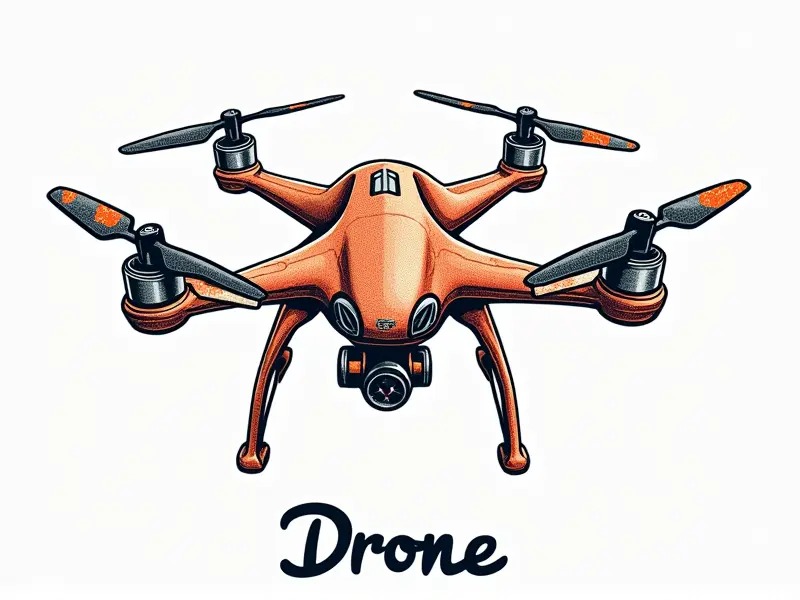Eachine R100 flight time

Maximizing Eachine R100 Flight Duration
The Eachine R100 is a popular choice among drone enthusiasts for its affordability and versatility. However, like most drones, the flight time can be limited by several factors such as battery capacity, environmental conditions, and flying style. Maximizing your Eachine R100's flight duration requires understanding these elements and implementing strategies to optimize performance.
Firstly, ensure that you are using a high-quality battery designed specifically for the Eachine R100. Original batteries provide better power efficiency and longer runtime compared to generic alternatives. Secondly, maintain your drone regularly by checking connections, tightening screws, and cleaning components to prevent any unnecessary energy loss due to poor maintenance.
Lastly, consider flying in optimal conditions. Avoid windy or humid environments which can significantly reduce flight time as the drone expends more power overcoming external forces. By adhering to these guidelines, you can extend your Eachine R100's operational window and enjoy uninterrupted aerial adventures.
Boosting Eachine R100 Battery Life
Battery life is a critical factor in determining the overall flight duration of any drone, including the Eachine R100. To boost battery efficiency, start by monitoring your charging habits. Always charge batteries fully before use and avoid partial charges which can degrade battery performance over time.
- Use Quality Chargers: Invest in a reliable charger that matches the specifications of your drone's battery to ensure optimal charging cycles.
- Temperature Control: Store batteries at room temperature and avoid exposing them to extreme heat or cold, as this can negatively impact their longevity.
- Battery Health Monitoring: Regularly check the health status of your battery through firmware updates and manufacturer guidelines to identify potential issues early on.
Achieving Max Flight Time with Eachine R100
To achieve maximum flight time, it's essential to understand the limitations set by the drone’s hardware and software. The Eachine R100 has a standard battery capacity that dictates its theoretical maximum flying duration under ideal conditions.
However, achieving this max flight time requires careful planning:
- Fly Light: Minimize the weight of your drone by removing any unnecessary accessories or payload. A lighter drone consumes less power and can fly longer.
- Optimal Flight Patterns: Employ efficient flying patterns that minimize energy expenditure. For instance, avoid rapid ascents and descents which consume more battery than steady flights.
Enhance Eachine R100 Airtime Efficiency
Airtime efficiency is crucial for extending the operational life of your drone. To enhance this aspect, focus on optimizing both hardware and software configurations:
- Tune Propellers: Ensure propellers are properly balanced and aligned to reduce drag and improve aerodynamics.
- Firmware Updates: Keep the firmware of your Eachine R100 up-to-date with the latest improvements in energy management and flight control systems.
Secrets to Longer Flights with Eachine R100
Several lesser-known techniques can significantly extend the flight duration of an Eachine R100:
- Battery Management Systems (BMS): Utilize a BMS that monitors and manages battery voltage, ensuring consistent power delivery.
- Dynamic Power Saving Modes: Implement software features like dynamic power saving modes which adjust throttle sensitivity based on the remaining flight time to conserve energy.
Real-World Eachine R100 Flight Times
In real-world scenarios, various factors can influence the actual flight duration of an Eachine R100. Common issues include:
- Wind Resistance: Strong winds force the drone to work harder, reducing battery life.
- Battery Age and Condition: Older batteries may not hold a charge as well as new ones, impacting flight duration.
Understanding Eachine R100's Flight Limitations
The Eachine R100 has inherent limitations that affect its performance. These include:
- Battery Capacity: The standard battery capacity limits the drone’s flight duration.
- Weight Limits: Carrying additional payload or accessories reduces the available flying time due to increased weight.
Optimize Eachine R100 for Longer Flights
To optimize your Eachine R100 for longer flights, consider these practical steps:
- Battery Upgrades: Upgrade to higher capacity batteries if feasible within the drone’s specifications.
- Weight Reduction: Minimize weight by removing unnecessary components and using lightweight materials where possible.
Tips for Better Eachine R100 Battery Efficiency
Battery efficiency is key to extending flight duration. Here are some tips to improve battery performance:
- Regular Maintenance: Clean and inspect the battery regularly to ensure it operates at peak condition.
- Proper Charging Practices: Charge batteries fully before each use and avoid partial charges which can degrade battery health.
Getting More Out of Your Eachine R100 Flights
To get the most out of your flights, consider these additional strategies:
- Flight Planning: Plan your routes to avoid areas with high wind resistance or obstacles that require more power.
- User Experience Enhancements: Adjust settings such as gimbal stability and camera resolution based on the specific needs of your flight missions.
Extend Eachine R100 Flying Hours Easily
Simplifying the process of extending flying hours can be achieved through straightforward adjustments:
- Battery Swapping: Carry multiple batteries and swap them out during flights to maintain continuous operation.
- Efficient Charging Solutions: Use high-capacity chargers that allow for quick recharging between flights.
By implementing these strategies, you can significantly enhance the operational efficiency of your Eachine R100 drone and enjoy longer, more productive flight sessions. Remember to always adhere to safety guidelines and manufacturer recommendations when making modifications or upgrades.

